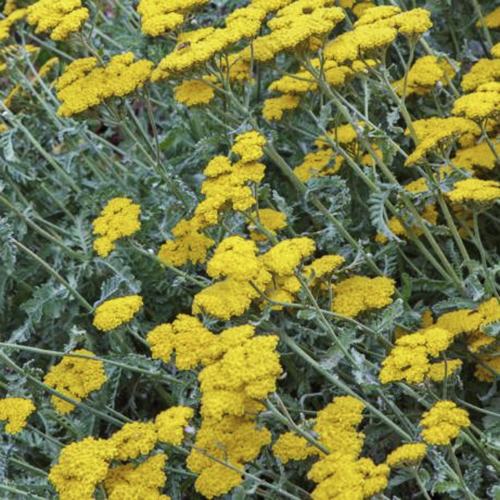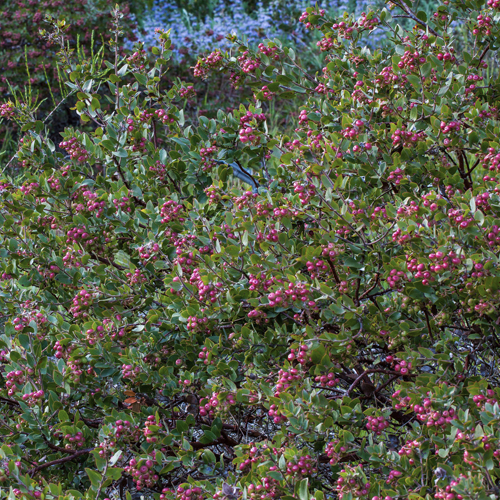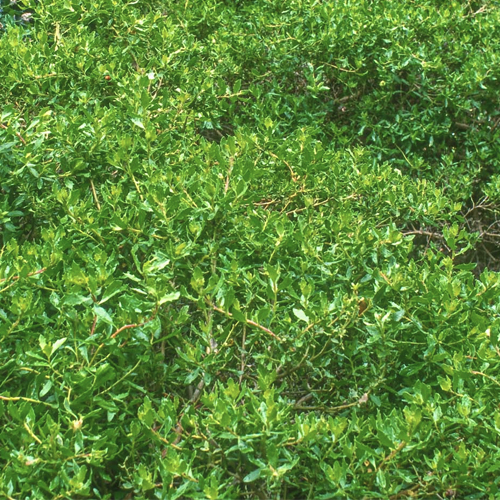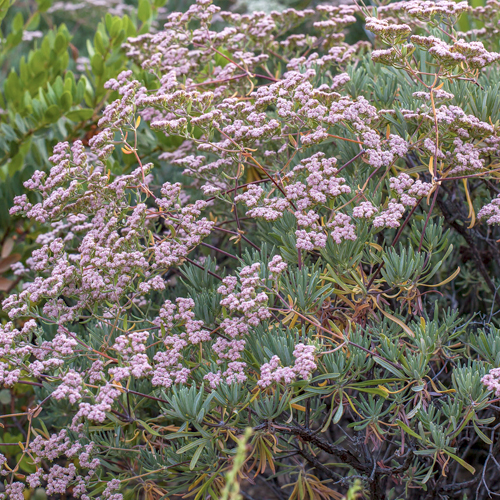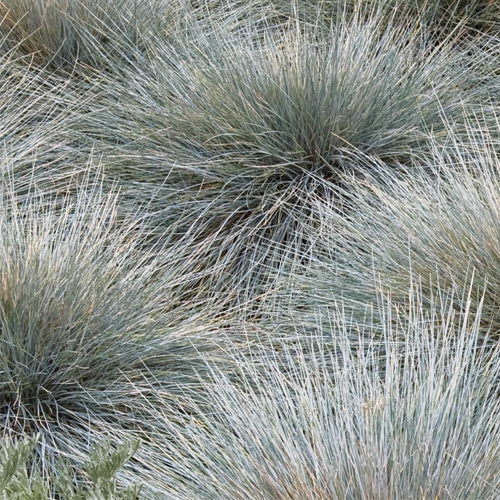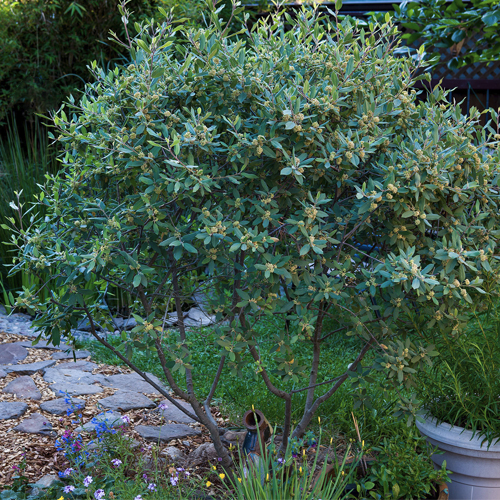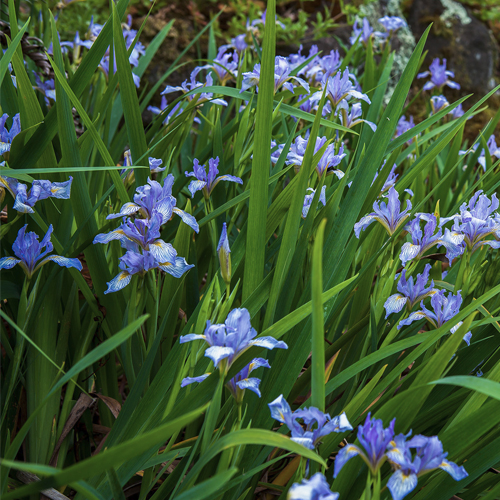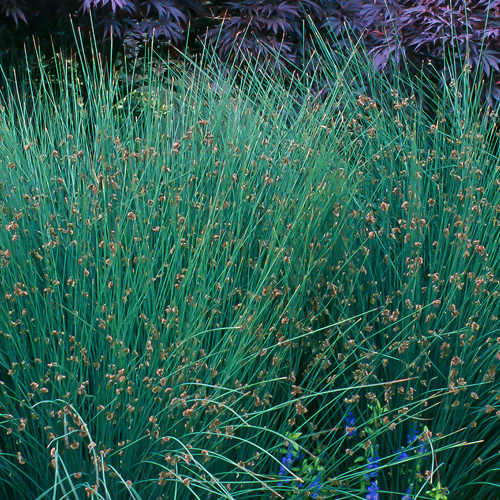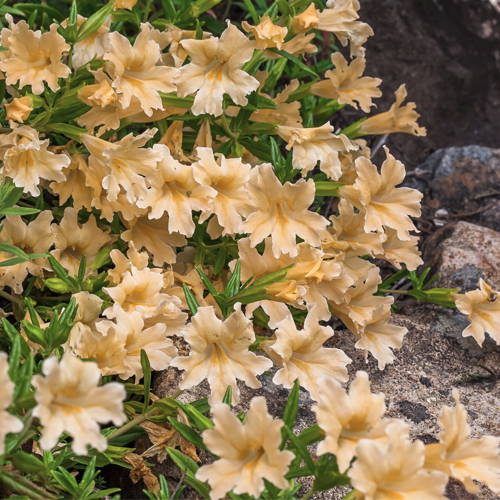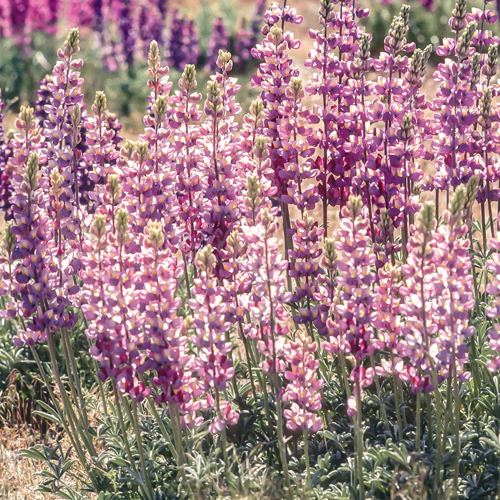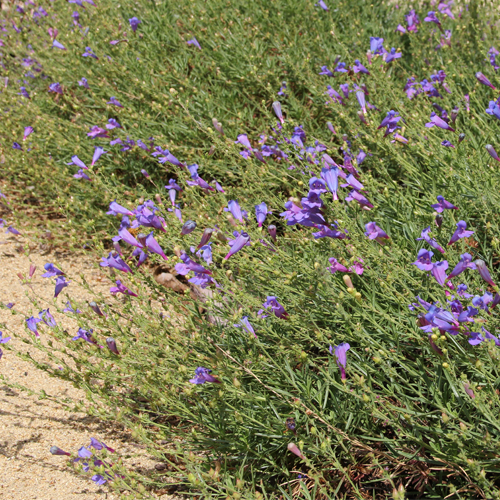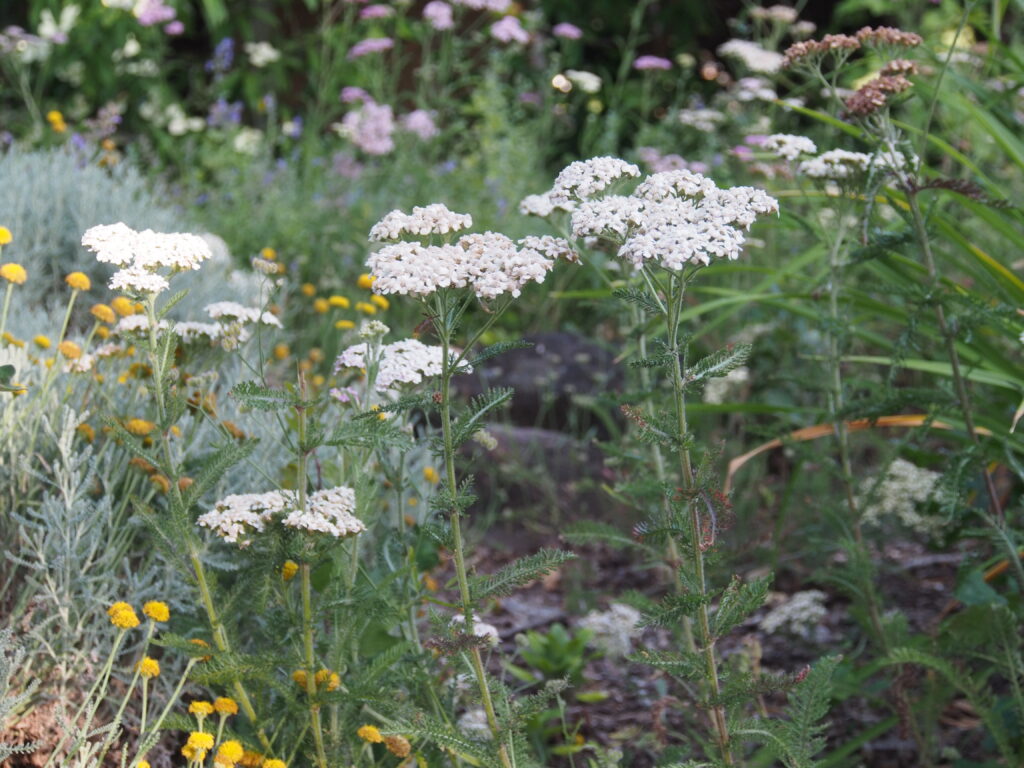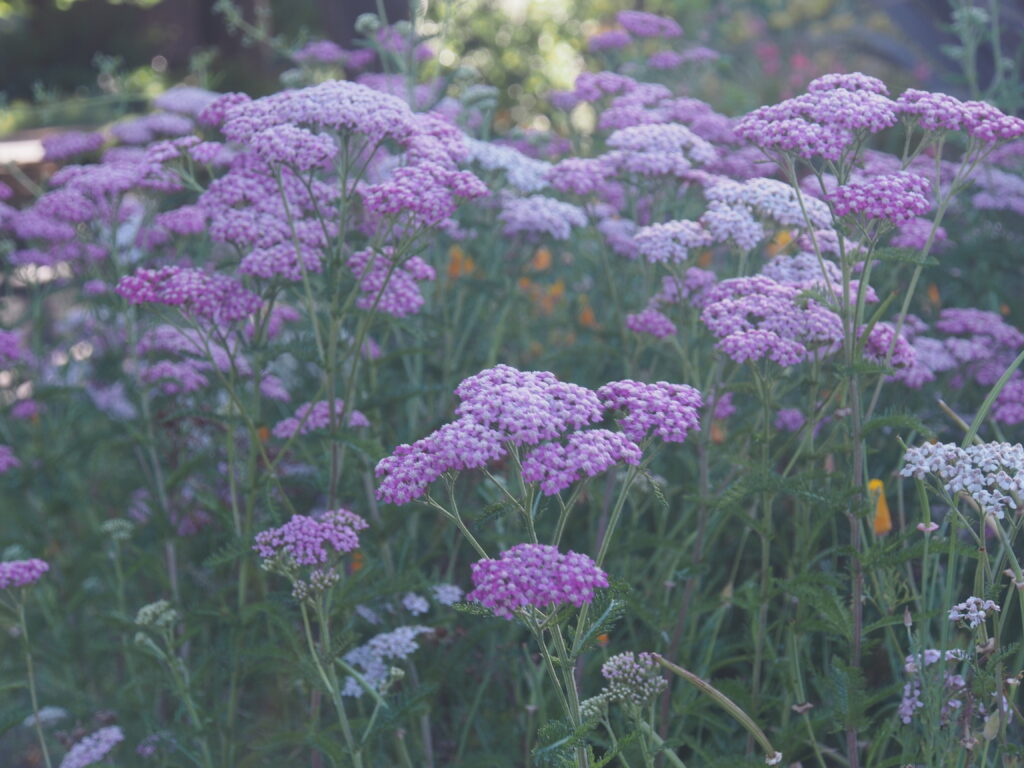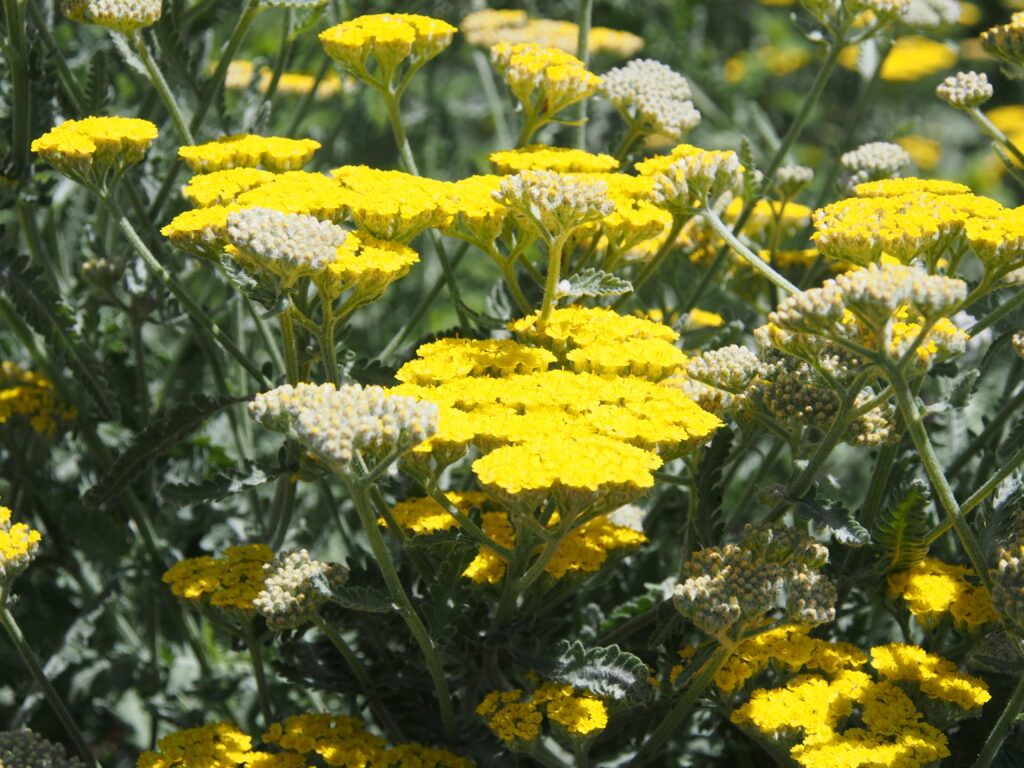Firewise Oasis
BACK TO FULL TOUR
Garden Features
Drought Tolerant
California Natives
Deer Resistant
Drip Irrigation
Pesticide Free
Rain Garden
Sheet Mulching
Smart Irrigation Controller
Lawn Conversion
Lawn-Free Landscaping
Permeable Surfaces
Wildlife Habitat
Partner: California Native Plant Society - Milo Baker Chapter
This garden was created in collaboration with April Owens Designs, Sonoma Ecology Center and the team at the Resilient Landscapes Coalition to feature native plants in a sustainable, biodiverse, firewise landscape. The Resilient Landscapes Coalition (Sonoma Ecology Center, Habitat Corridor Project, UC Master Gardeners, Fire Safe Sonoma) provides education about gardening in the Defensible Space and beyond, and this garden is a great demonstration of those principles.
I LOVE native plants and the creatures drawn to them. This is a young and evolving garden, only 2 years old, an oasis of beautiful 100% native plants with a riot of textures and colors that attract humans, butterflies, birds, bumble bees, and other pollinators. A friend visited last spring and a hummingbird, initially interested in our California fuscia, hovered 12” from my guest’s face attracted to the red flower on her hat.
The garden is low maintenance, requiring a minimum amount of pruning and trimming a few times a year, and also uses very little water. Downspouts are directed into cobbled swales, which concentrate and conserve water in the soil well into the summer.
Our goals included creating defensible space to protect the home from burning during a wildfire. After “hardening the home” by installing 1/8” mesh over all vents and around the perimeter of the deck, to keep embers from entering, we installed a 5’ edging of decorative gravel around the home and deck, removing all flammable material. Without the traditional “foundation planting”, which can create a fire hazard, the edging of gravel is very attractive and integrates with the other firewise features, like islands of low native shrubs, perennials, grasses and annual plants in the 5-30’ zone around the home. The planting islands, filled with Salvia, Epilobium, Eriphyllum, Monardella, Baccharis pilularis, Arctostaphylos (prostrate and shrub), Penstemon, Diplacus (Mimulus), Lupinus, and a number of different native grasses, are separated by non-flammable flagstone and gravel pathways that allow you to meander through, with seating areas to afford different views of the plantings and surrounding valley oak savannah, and distant Atascadero Creek.
In the Graton area we have a wide temperature gradient in summer, with highs in the 100s on some summer days, and lows in the 40s. Fortunately much of the garden is partly shaded by a large valley oak, allowing us to experiment with part-shade loving plants like Festuca californica, Potentilla, and Heuchera.
Overall in two short years we have achieved our goal of creating a garden that is lush and attractive all year, provides food and shelter for a variety of wildlife and pollinators, and beauty and safety for humans. Please come join us!
Special Events
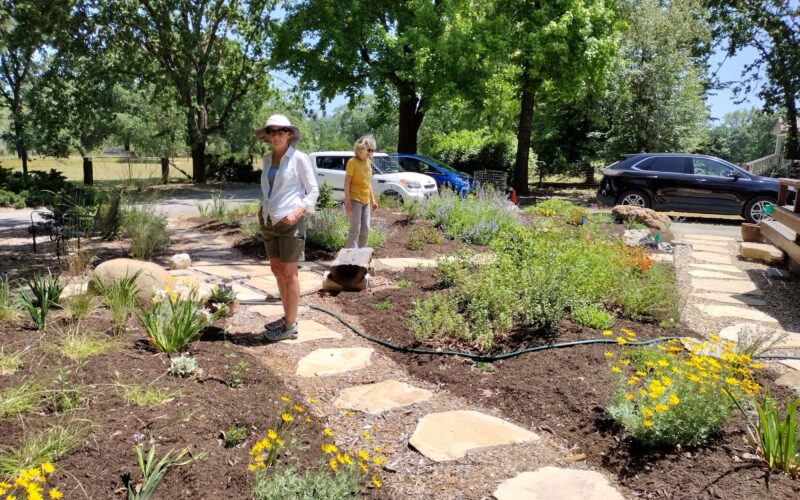
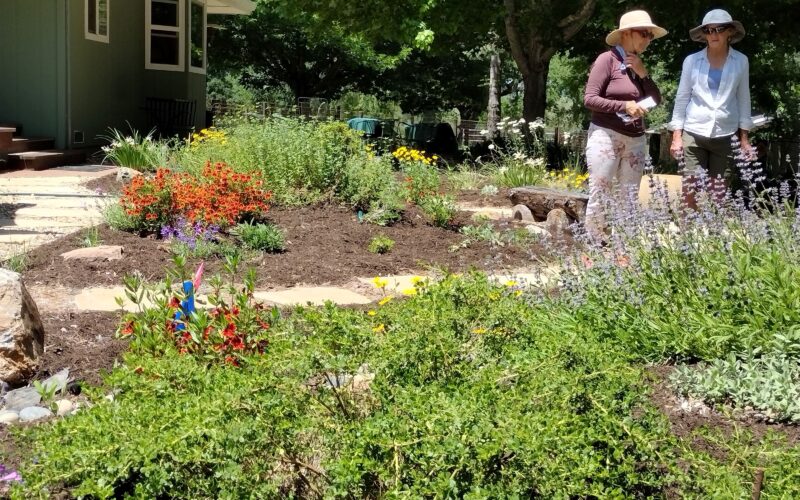
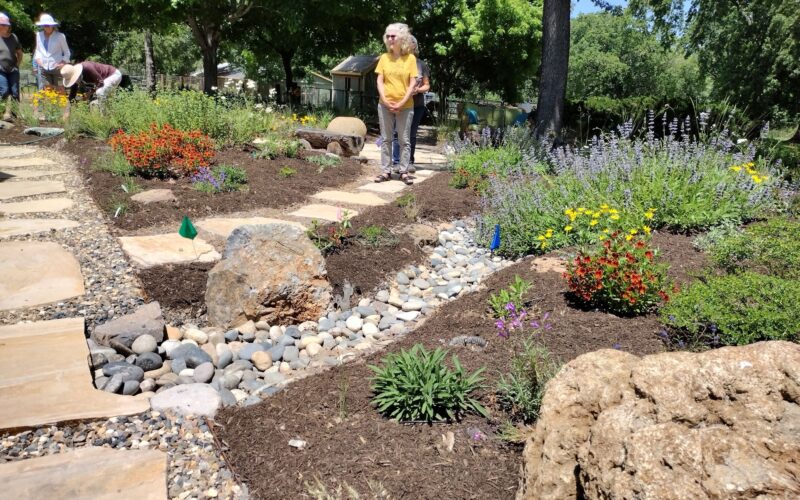
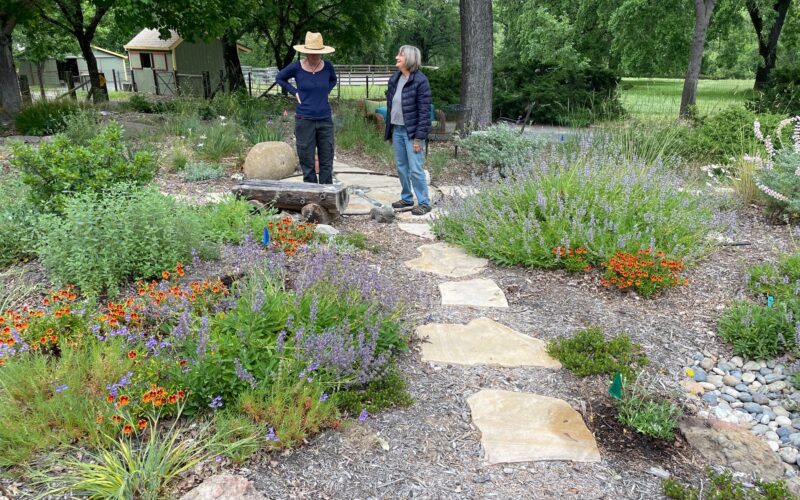
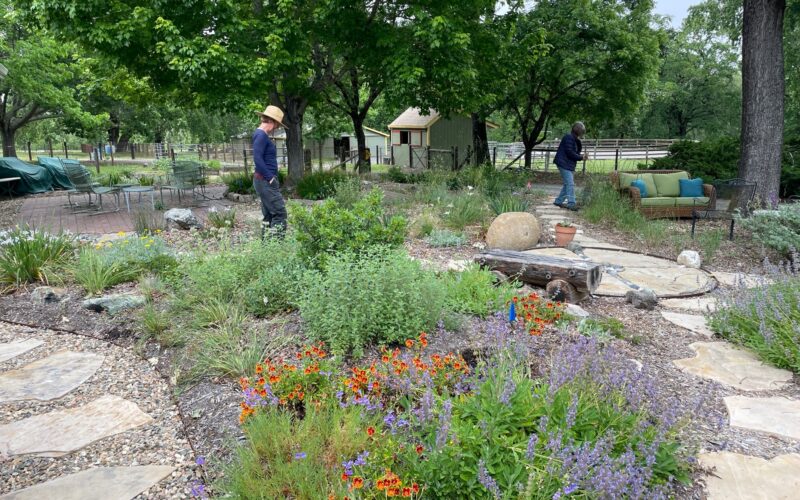
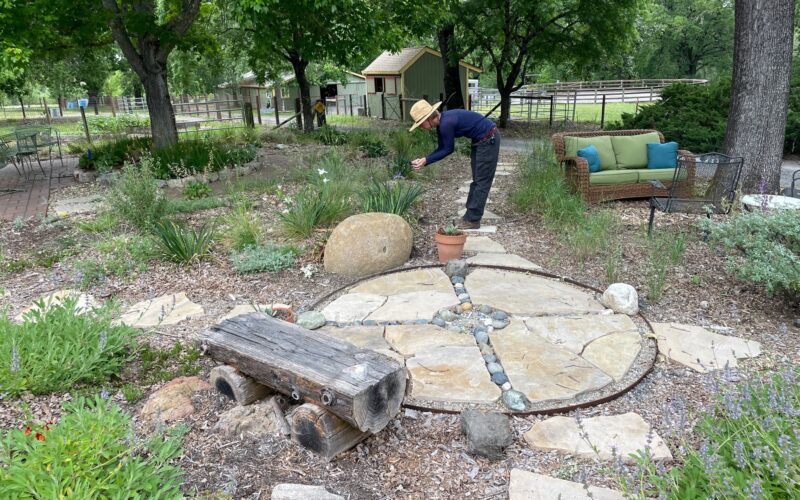
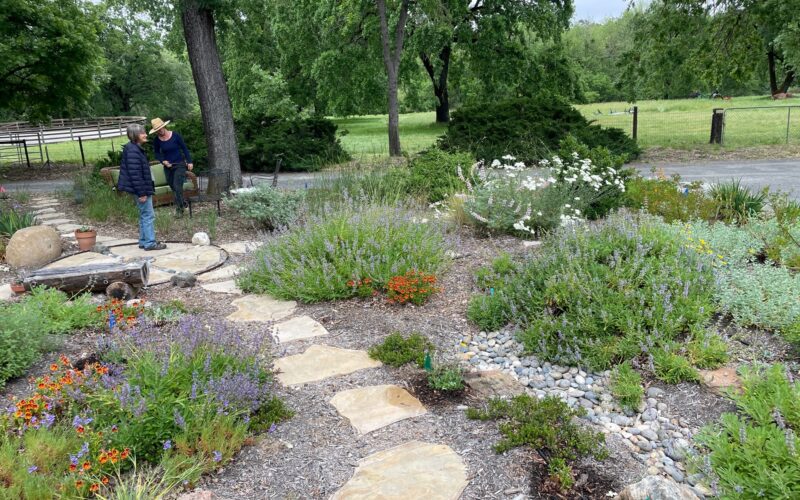
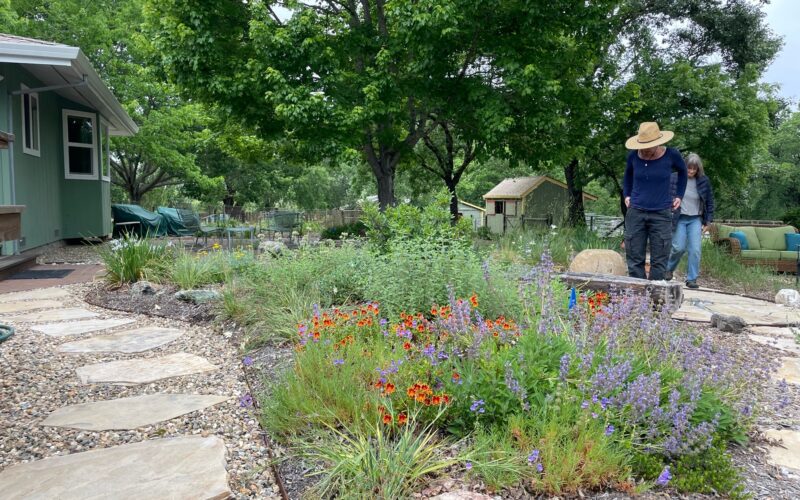
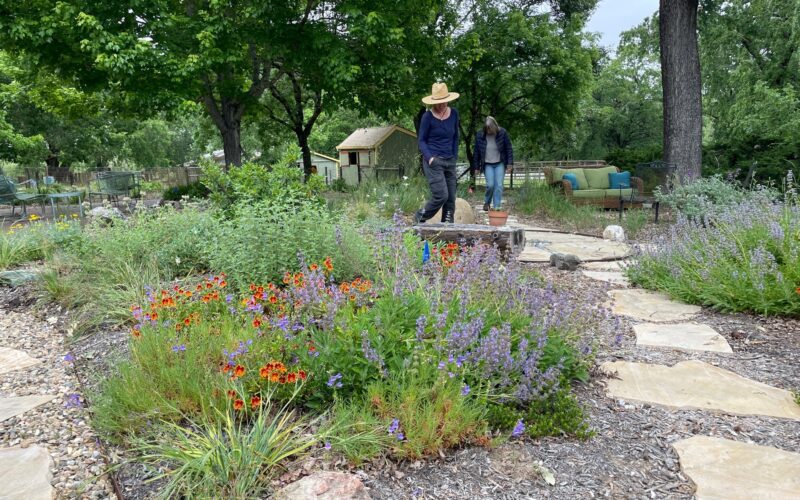
Plants in this Garden
Favorite Plants
California Fuchsia
Epilobium canum
California Buckeye
Aesculus californica
Coffeeberry
Frangula californica
Red Flowering Currant
Ribes sanguineum
Blue Eyed Grass
Sisyrinchium bellum
Favorite Garden Suppliers
Cal Flora Nursery
2990 Somers Street Fulton
Recommended Resources
Calscape
Calscape offers a database of plants native to California, along with details on their characteristics and habitat requirements. Additionally, it aims to promote the use of native plants in landscaping to support biodiversity and to conserve water.Resilient Landscapes Coalition
Resilient Landscapes Coalition aims to promote fire-wise landscape design and management all while enhancing biodiversity and wildlife habitat, and conserving natural resources.Gardening Tips
Start small, visit the plants often, and enjoy time with the birds and bees.
